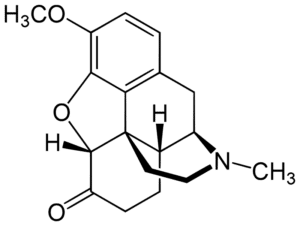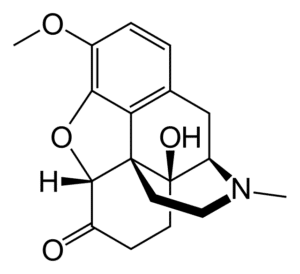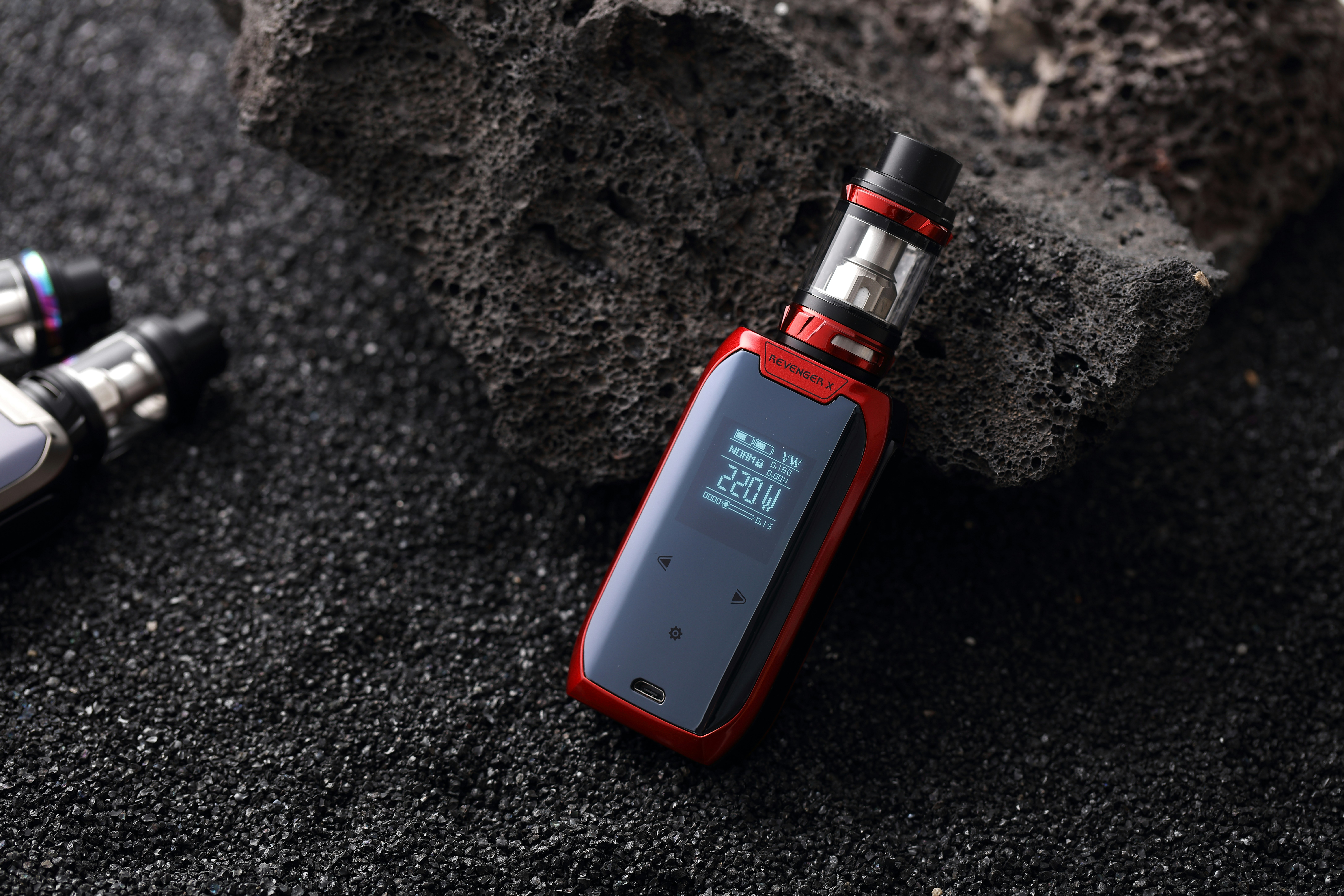Over 50 million adults live with chronic pain in the United States. Opioids have been used clinically for decades because of their effectiveness in treating various forms of pain. Irrespective of the several beneficial effects, opioid misuse increases the possibility of developing opioid use disorders. Hydrocodone and oxycodone are both opiates with similar activity and uses. However, they have fundamental differences.
Facts About Hydrocodone vs. Oxycodone
How do Hydrocodone and Oxycodone work?
Hydrocodone and oxycodone are made from codeine. Codeine comes from morphine, a natural substance found in the opium poppy plant. Examples of hydrocodone brands are Vicodin® and Norco®. OxyContin® and Percocet® are types of oxycodone pain relievers. In addition, doctors prescribe opioids to treat acute, chronic, or severe pain, especially to patients after surgery.
However, they are habit-forming opioids when misused, and even when taken in the right doses. Misuse includes smoking or snorting the powdered form of the drugs or injecting a solution made from the tablet powder. Ingesting opioids by these methods amplifies their effects and increases the risk of addiction or overdose.
Hydrocodone and oxycodone bind to opioid receptors in the brain and spinal cord, causing a release of neurotransmitters that send messages to the brain and body. The binding of an opioid to central nervous system receptors activates a complex within the cell that reduces pain. These reactions produce feelings of pleasure, relaxation, and decreased pain. Hydrocodone and oxycodone can also have a sedative effect on the central nervous system.
What is Hydrocodone?
Hydrocodone, also known as dihydrocodeine, is a semi-synthetic, hydrogenated opioid analgesic usually combined with acetaminophen. It is used to treat moderate to severe pain and as a cough suppressant.
Hydrocodone changes how the central nervous system responds to pain signals sent from the body. Hydrocodone is available in tablet, capsule, liquid, and elixir forms. It is also often sold under the brand names Vicoprofen®, Lortab®, and Vicodin®.
Chemistry of Hydrocodone
Hydrocodone was developed in the early 1920s. It was created by modifying the chemical structure of codeine, an opioid alkaloid found in the opium poppy, through a process called semisynthesis. Hydrocodone was first synthesized in Germany in 1924 by Knoll pharmaceuticals and was later introduced in the United States in the 1930s.
Hydrocodone was believed to have a lower risk of dependence and abuse. It was initially marketed as an alternative to codeine, the most commonly used opioid at the time. Today in clinical use, hydrocodone is often combined with other medications, such as acetaminophen, aspirin, or ibuprofen.
What is Oxycodone?
Oxycodone is also a semi-synthetic opioid analgesic. It’s used to treat acute or chronic pain, often in patients with cancer, post-surgical pain, or terminal illnesses.
Oxycodone is usually taken orally as a pill, capsule, or liquid. For instance, OxyContin is a sustained-release form of oxycodone that is designed to be taken every 12 hours to provide continuous pain relief.
Clinically, oxycodone is prescribed for managing moderate to severe pain for people who need around-the-clock pain relief. Oxycodone is also available in immediate-release and extended-release formulations. Oxycodone is commonly sold as Percocet and Roxicet.
Chemistry of Oxycodone
German scientists first developed oxycodone in 1916. It was created by reacting thebaine with one or more chemicals to form a new compound with analgesic properties. It was later introduced to the market in the United States in 1996 under the brand name OxyContin by Purdue Pharma.
How are hydrocodone and oxycodone similar?
Hydrocodone and oxycodone are similar in that they are both opioid pain medications used to treat moderate to severe pain. They bind to opioid receptors in the brain and spinal cord, reducing pain perception.
Both hydrocodone and oxycodone are available in various forms, including tablets, capsules, and liquid solutions, and are taken orally. They are also both controlled substances, which means they have a high potential for abuse and addiction.
What are the differences between hydrocodone and oxycodone?
There are some core differences between hydrocodone and oxycodone. These include;
- Potency: Both hydrocodone and oxycodone are classified as Schedule II controlled substances. This means they have a high potential for abuse and can lead to physical and psychological dependence.
Oxycodone is generally more potent than hydrocodone, so it may be more effective at relieving severe pain. It may also have a higher addictive potential when compared to hydrocodone.
- Formulations: Hydrocodone is available in combination with other medications, such as acetaminophen or ibuprofen. At the same time, oxycodone is usually only available on its own. Hydrocodone is also available in combination with other medications, such as antihistamines or decongestants, which may make it more suitable for certain types of pain.
- Dosing: The dosing of hydrocodone and oxycodone varies depending on the formulation and severity of the pain being treated. In general, oxycodone is taken every 4-6 hours as needed for pain, and the extended-release dose is taken twice a day. The recommended daily dose of oxycodone should not exceed 80mg per day in an opioid-tolerant patient; opioid-intolerant patients would require much less. In contrast, hydrocodone is usually taken up to four times daily as needed, and its dose should not exceed 60mg.
- Side effects: Both hydrocodone and oxycodone can cause common side effects such as dizziness, drowsiness, and dry mouth. But hydrocodone may also cause more gastrointestinal side effects such as stomach pain and constipation.
It is important to note that hydrocodone and oxycodone should be used as directed by a doctor. They can be dangerous if taken in high doses or used for non-medical purposes.
How are they used to treat medical issues?
Hydrocodone and oxycodone are typically used for managing chronic pain, such as pain associated with cancer, or relieving acute pain, such as pain after surgery or an injury. They are usually prescribed for use consistently to provide continuous pain relief. But because hydrocodone is derived from codeine, it has an added use as a cough suppressant.
In addition, they are generally only prescribed when other pain medications, such as non-opioid pain relievers or short-acting opioid medications, have not been effective in managing pain.
What makes hydrocodone and oxycodone so addictive?
Due to their ability to affect the brain and high potential for abuse, oxycodone and hydrocodone are classified as Schedule II controlled substances by the Drug Enforcement Administration (D.E.A.).
Hydrocodone and oxycodone work by binding to opioid receptors in the brain and other parts of the body, reducing the perception of pain and producing feelings of euphoria. Unfortunately, this euphoric effect makes these medications addictive, especially when they are taken in ways not prescribed or for non-medical reasons.
The development of drug tolerance helps explain how addiction to hydrocodone and oxycodone is formed. Usually, the body adapts to these drugs, and a higher dose is required to maintain pain relief. People who take opioids for extended periods may develop tolerance, meaning they need more of the drug over time to achieve relief from pain.
Also, opioids like hydrocodone and oxycodone do not have a ceiling effect. This means that the higher the dose taken, the higher the analgesia and euphoric feeling. This can increase the likelihood of developing a drug overdose which may lead to unconsciousness, difficulties with breathing, and possible death.
When taken in large doses over a long period, these medications can alter the way the brain processes pleasure, leading to the development of a dependence on the drug. The risk of addiction is also increased when these medications are combined with other substances, such as alcohol.
Is hydrocodone or oxycodone more addictive?
Both oxycodone and hydrocodone are highly addictive, with both drugs actively classified as Schedule II controlled substances. According to a study of over 3200 participants, oxycodone and hydrocodone were popular opioids for illicit use. These statistics showed that over 75% of survey respondents indicated that they had abused both drugs.
Of the two drugs, oxycodone was the more common drug of choice, with over 54% of participants choosing to use it. The rationale is that the ‘high’ it gave was more aggressive than hydrocodone. The difference in effect is linked to the acetaminophen content of hydrocodone, which is reported to be a deterrent to its effects.
The potential for addiction to a medication can vary depending on a wide range of factors, including the individual’s unique characteristics, environment, and the dose ingested.
Abuse and Effects
Hydrocodone and oxycodone have similar short and long-term effects. Also, once in the body, they block the sensation of pain and make the patient feel a sense of euphoria or calm. Taking the medications for an extended period causes a person to build a tolerance. Eventually, the user needs more of the drug in order to get the same relief or level of pleasure.
Some common side effects of these medications may include;
- Drowsiness
- Dizziness
- Nausea and vomiting
- Dry mouth
- Sweating
- Headache
More severe side effects can occur with hydrocodone and oxycodone use; these include;
- Difficulty breathing
- Slow or shallow breathing
- Confusion
- Extreme sleepiness
- Fainting
- Unusual mood changes
- Seizures
- Rash
- Itching
- Swelling of the face, lips, tongue, or throat.
Although both drugs have similar side effects, a study showed that hydrocodone causes more side effects, especially GIT effects such as stomach pain and constipation. These GIT effects describe medical conditions along the gastrointestinal tract, from the mouth to the anus.
These withdrawal symptoms can be uncomfortable and might lead to an overdose. For instance, uncomfortable withdrawal may trigger individuals to use again, leading to relapses. While the use of the same amount of a drug that was used before detox increases the risk of an overdose. Healthcare practitioners can manage severe cases of hydrocodone or oxycodone withdrawal in a medical setting.
Symptoms of a hydrocodone and oxycodone overdose include;
- Drowsiness
- Nausea and vomiting
- Slowed breathing
- Confusion
- Cold and clammy skin
Hydrocodone vs. Oxycodone Detox
Medical detox is a safe option compared to suddenly stopping drug use. Oxycodone and hydrocodone detox involves the same general approach taken to help users wean themselves off of heroin, or other prescription opioids. This detox may occur at a treatment center that provides a safe and comfortable setting for withdrawal.
A medical professional will monitor you as the drug clears from the body. The doctor may prescribe medication to help reduce drug cravings and withdrawal symptoms. These medications work to prevent oxycodone and hydrocodone from having the same effects on the brain.
Prescription Opioid Abuse Treatment
Prescription drug addiction treatment requires a stage-by-stage approach and a mixture of the right programs and therapies. After leaving the medical detox center, you or your loved one can move on to treatment in a residential or outpatient environment. Behavioral therapy, individual therapy, group counseling, and holistic therapies are treatment options available to help you stop drug abuse. In addition to these treatments, Lakeview Health provides dual diagnosis treatment, which involves medical detox and treatment of co-occurring disorders, like mental illness. Other programs and therapies include:
- Outpatient Treatment
- Inpatient Program
- Intensive Outpatient (IOP)
- Residential Treatment
- Aftercare & Sober Living
- 12 Step program






